Read and write file in Python
Read and write file in Python
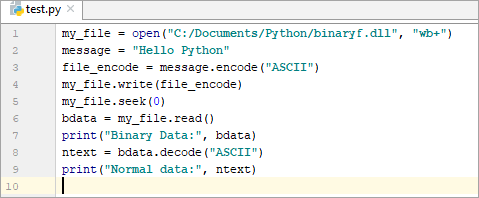
Here's the response:
Reading Files in Python
Python provides several ways to read files. Here are a few examples:
open() Function: This is one of the most common methods to read a file. The open() function returns a file object, which can be used to read or write data.
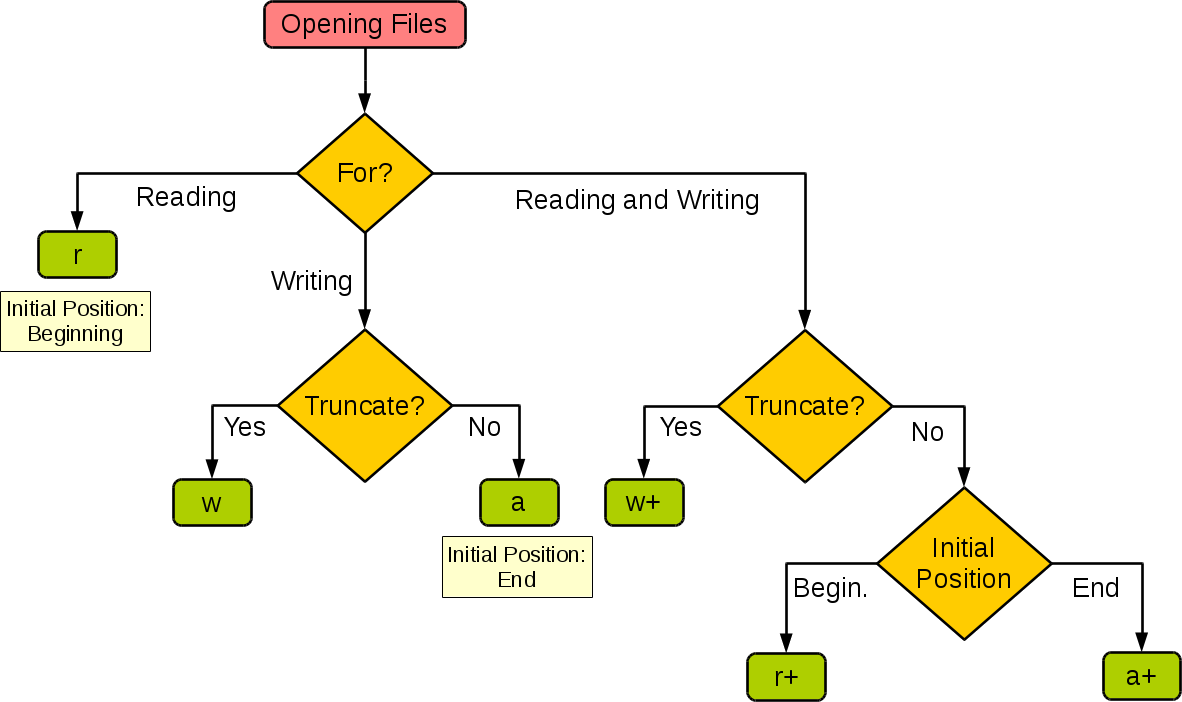
f = open('file.txt', 'r')

data = f.read()
f.close()
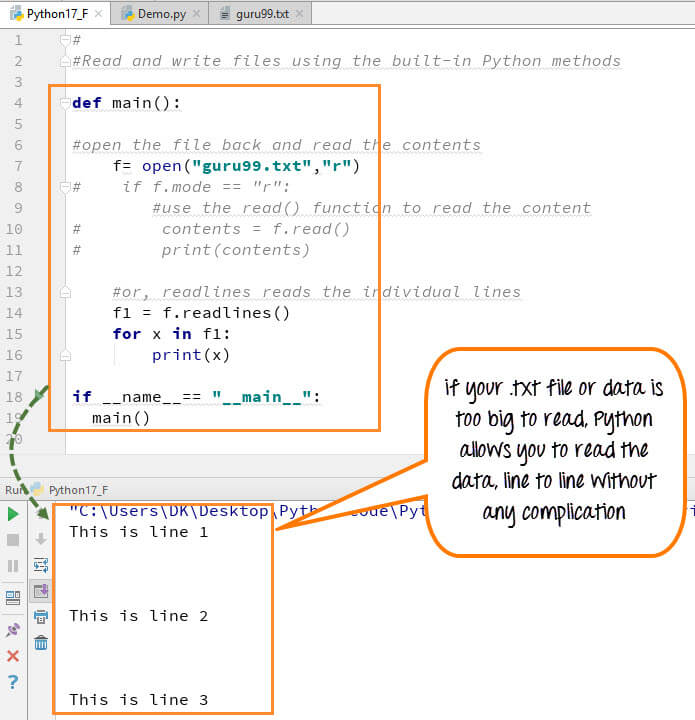
read() Method: If you have already opened a file using the open() function, you can use the read() method to read its contents.
with open('file.txt', 'r') as f:
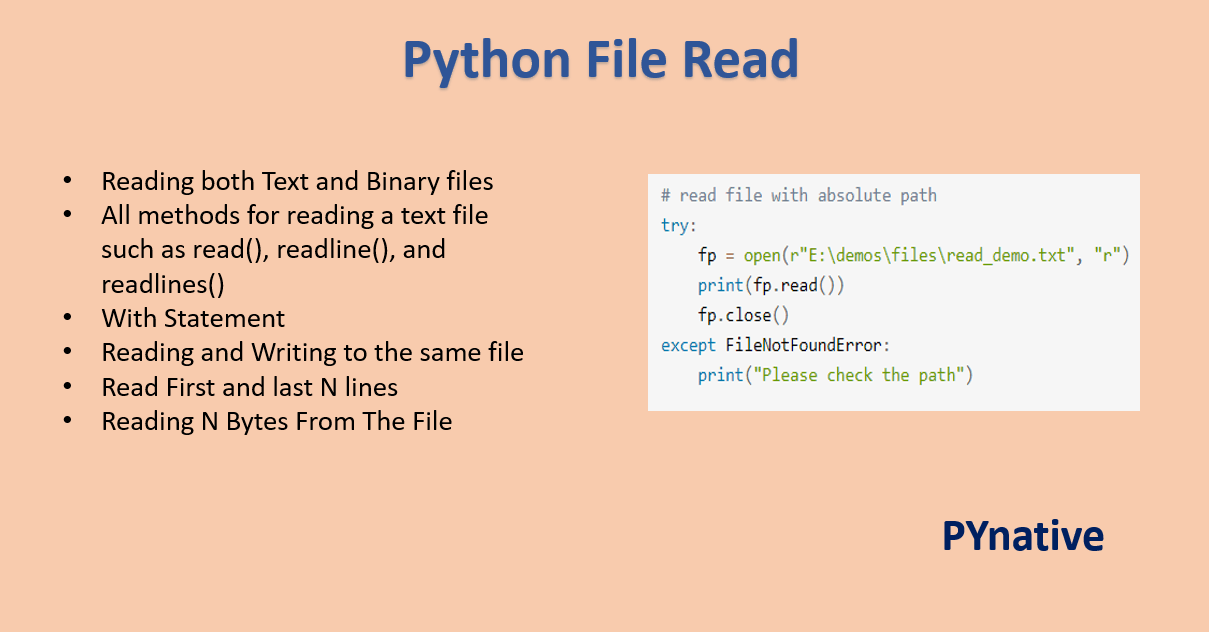
data = f.read()
json and csv modules.
Writing Files in Python
Python also provides several ways to write files. Here are a few examples:
open() Function: This is one of the most common methods to write a file. The open() function returns a file object, which can be used to read or write data.
f = open('file.txt', 'w')
f.write("Hello, World!")
f.close()
write() Method: If you have already opened a file using the open() function, you can use the write() method to write its contents.
with open('file.txt', 'w') as f:
f.write("Hello, World!")
json and csv modules.
Working with File Paths
Python's os.path module helps you work with file paths. Here are some examples:
joinpath() method to combine path components into a single string.
import os
file_path = os.path.join('directory', 'subdirectory', 'file.txt')
print(file_path)
exists() method to check if a file exists.
if not os.path.exists('file.txt'):
print("File does not exist.")
else:
print("File exists.")
mkdir() and rmdir() methods to create and delete directories, respectively.
import os
os.mkdir('directory')
os.rmdir('directory')
Python read file from disk
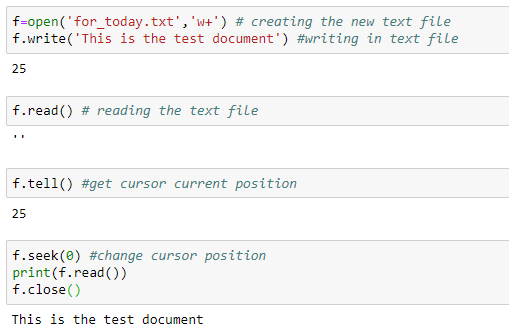
Here's a comprehensive guide on how to read files in Python:
Why Read Files?
In the world of programming, data is often stored in various formats such as text files, CSV files, JSON files, and more. To work with this data, you need to read it from the file system into your Python program. Reading files allows you to:
Load data for analysis or processing Store data for later use Share data between different programs or systems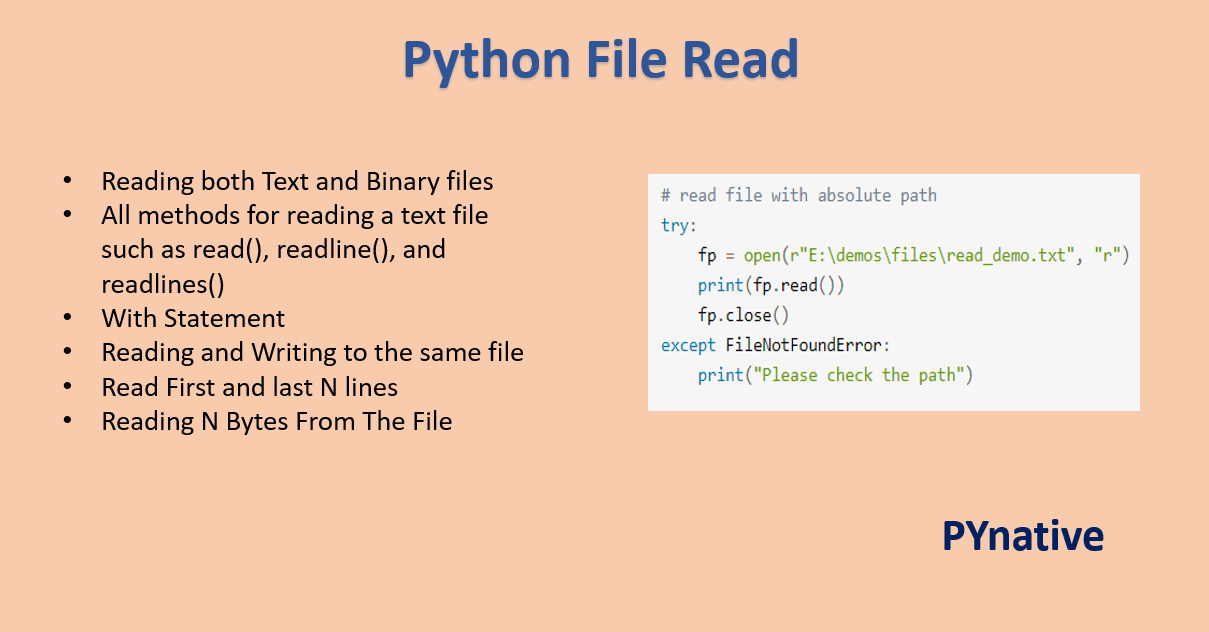
How to Read Files in Python?
Python provides several ways to read files, depending on their format and content. Here are some common methods:
Text Files: Use theopen() function to open a text file, then read its contents using the read() method.
with open('file.txt', 'r') as f:
content = f.read()
csv module to read comma-separated values (CSV) files.
import csv
with open('file.csv', 'r') as f:
reader = csv.reader(f)
for row in reader:
print(row)
json module to read JSON files.
import json
with open('file.json', 'r') as f:
data = json.load(f)
open() function in binary mode ('rb') to read binary files, such as images or audio files.
with open('file.bin', 'rb') as f:
content = f.read()
Best Practices for Reading Files
Usewith Statement: The with statement ensures that the file is properly closed after reading, regardless of whether an exception occurs or not. Handle Exceptions: Always check if the file exists and can be opened before attempting to read it. Read in Bulk: If possible, read files in bulk rather than line by line to improve performance.
Example Code
Here's an example code that demonstrates how to read a text file using the open() function:
def read_text_file(filename):
try:
with open(filename, 'r') as f:
content = f.read()
print(content)
except FileNotFoundError:
print(f"File {filename} not found!")
except Exception as e:
print(f"An error occurred: {e}")
read_text_file('example.txt')
Conclusion
Reading files is a fundamental operation in programming, and Python provides several ways to do so. By following best practices and understanding the different methods available, you can efficiently read files from disk and process their contents in your Python program.





























